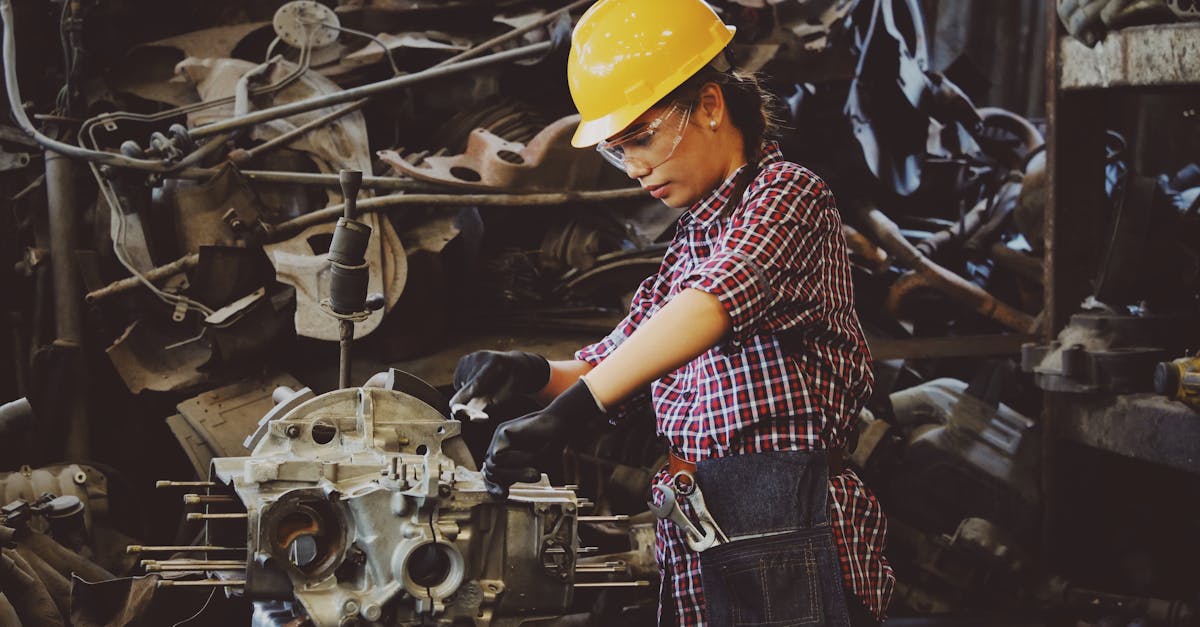Imagine you’re managing a bustling factory, and everything is running smoothly—until it isn’t. Suddenly, a key piece of equipment grinds to a halt, leaving you scrambling to fix the problem and minimize downtime. Predictive maintenance promises to prevent these surprises by using data to anticipate when equipment might fail. However, things don’t always go as planned, even with the best technology at your fingertips.
Perhaps you’ve invested in AI technology for your home foundation health and have high hopes for it to alert you of potential issues. Yet, despite having access to cutting-edge maintenance technology, you find that it doesn’t quite live up to expectations. What’s missing? Often, the gap between predictive maintenance solutions and their success lies in understanding the human and technical factors involved.
Ready to uncover why predictive maintenance applications sometimes fall short and, more importantly, how you can make them work effectively in 2025? Dive into the rest of the article to learn how to bridge the gap and ensure your predictive maintenance strategy delivers the results you need.

Photo provided by Los Muertos Crew on Pexels
Within the post
Common Reasons for Predictive Maintenance Failures
Inaccurate Predictive Analytics
When you’re working with predictive maintenance, having incorrect data leads to poor results. Imagine you’re using predictive analytics, but the data you’re feeding into the system is not accurate. This can cause misleading predictions. You might think everything is running smoothly until something breaks down unexpectedly. This is why ensuring the data you use is precise is crucial. Make sure you have systems that consistently check and verify data accuracy.
Lack of Skilled Personnel
Another common reason predictive maintenance fails is due to a lack of skilled personnel. If the people responsible for maintaining the systems aren’t well-trained, they may not understand how to use the tools effectively. This means the maintenance technology won’t be used to its fullest potential. To fix this issue, investing in regular training is important. Training helps your team stay updated on the latest maintenance strategies. Plus, it boosts their confidence in working with advanced technologies like predictive maintenance software.

Photo provided by Chevanon Photography on Pexels
Solutions to Improve Predictive Maintenance in 2025
Utilizing AI Technology
In 2025, utilizing AI technology in foundation repair can make a significant difference. AI can process vast amounts of data quickly and help predict when maintenance is needed. This boosts the accuracy and efficiency of tasks, ensuring that your systems run smoothly. By incorporating AI into your predictive maintenance strategy, you can catch issues before they become major problems.
Embracing Foundation Repair Innovation
Embracing new foundation repair innovation is key to improving home foundation health. This includes using advanced materials and techniques that last longer and require less upkeep. As new trends emerge, staying updated on these innovations can help you maintain your foundation better. By doing so, you can prevent costly repairs and prolong the life of your foundation.
Integrating Smart Home Foundation Systems
Integrating smart home foundation systems can vastly improve your overall maintenance technology. These systems often come with sensors and monitoring tools that alert you to potential issues early on. This kind of technology can help you implement predictive maintenance processes effectively. When everything is connected and communicating, you have a better chance of maintaining a healthy home foundation.
Therefore, focusing on these solutions can help you overcome the challenges that predictive maintenance presents. By leveraging technology and keeping your team well-trained, you can expect smoother operations and fewer surprises. It’s all about being proactive and equipped with the right tools and knowledge to face the future confidently.
Take Your Maintenance Strategy to the Next Level
Your understanding of maintenance strategies has grown. You’ve seen why things might not work and how to get them right. This knowledge can transform how you care for your home and equipment. With the right tools and insights, you’re set for efficient operations, saving time and reducing costs. You’ll not only prevent issues but also maintain the health and longevity of your assets.
Start by evaluating your current maintenance approach. Look for gaps or areas that need improvement. Consider integrating smart technologies that use AI to provide real-time insights. Begin with a small, manageable change, such as adopting new software or training your team on the latest methods. These steps will lay a strong foundation for future growth and success.
Now is the perfect time to act. Take what you’ve learned and begin making positive changes today. Implement a plan that suits your specific needs and keep adapting it as new information and technologies emerge. Trust your instincts and seize the opportunity to enhance your operations. Your proactive efforts will lead to a more reliable and efficient maintenance system.
